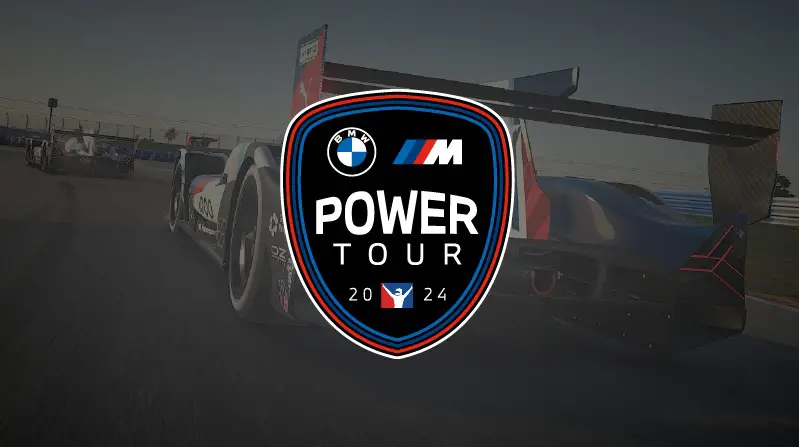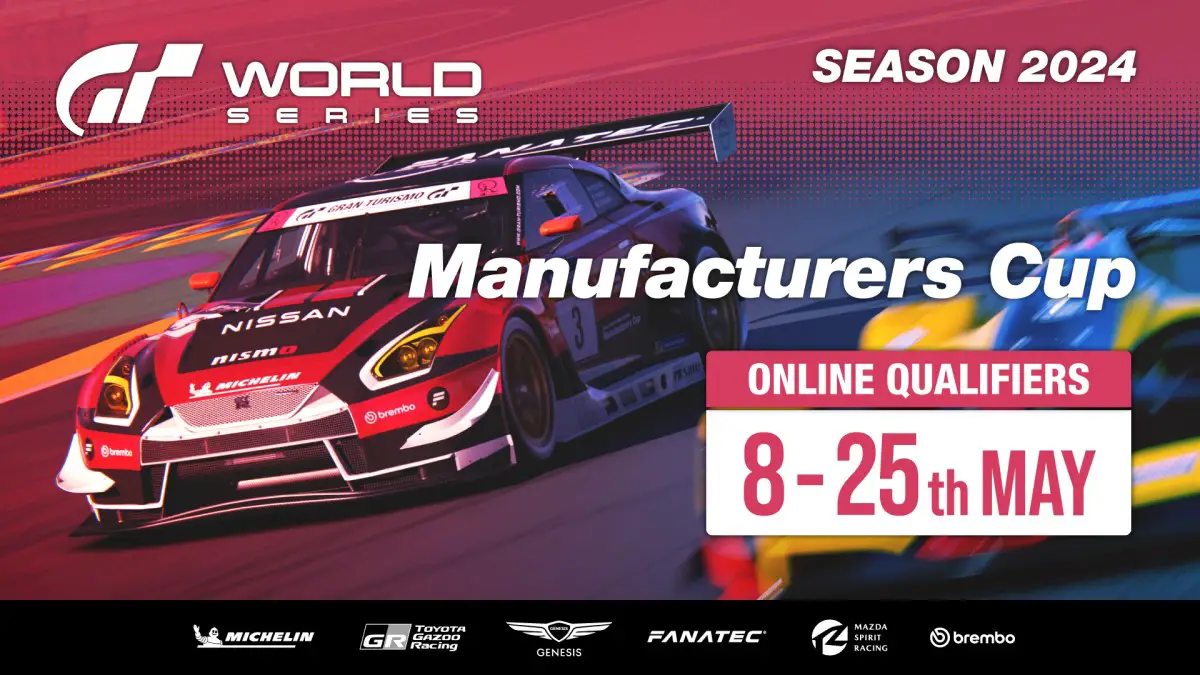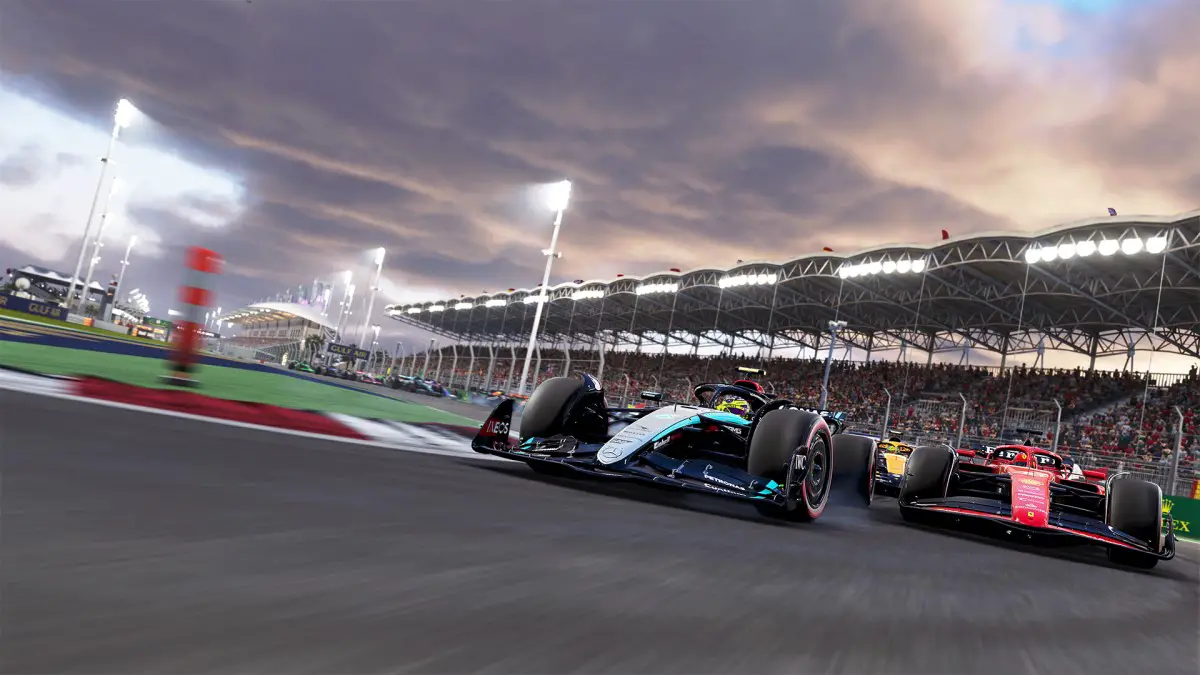
Racing games have had such a broad range of titles within the gaming genre, its history dates back to the early days of video gaming itself.
Since the very beginning of video games, racing games have been a staple genre that has been enjoyed the world over. From humble 2D racing games to high-fidelity simulators, racing games have certainly come a long way over the years. Let’s take a look over that history to see how far we have come and, perhaps, where we will go next.
What is a racing game?
First off; a definition. While it sounds simple to define, there are so many racing games or games which include racing elements so it’s certainly worth defining what one actually is.
A racing game is a video game that pits players against each other (or the computer, or the clock) in races around set tracks, making it a genre of optimisation and mastery. Most often these games simulate the experience of driving a vehicle, so a car or a motorcycle, but there are outliers such as Micro Maniacs, an on-foot racer, and many more. Racing games can be played from a first-person or third-person perspective and can range from simple arcade-style games to complex simulators which hope to replicate reality.
The First Racers
The earliest racing games were, of course, pretty simple. They were 2D games popular in the arcades of the 1970s and 1980s. These games, such as Night Driver and Pole Position, featured basic graphics and gameplay but nonetheless became big hits at the time. Due to technical limitations most of these titles were single player, with high scores being recorded to keep players interested and in competition.
By the end of the 1980s, the first 3D, first-person racer was released. This was Atari’s Hard Drivin’, released in 1989. This game introduced 3D graphics and a physics engine. As a result it reinvented the genre and set the standard for future racing games.
The Move to Multiplayer Racing Games
In the 1990s, racing games began to move towards multiplayer gameplay, introducing a whole new appeal for gamers. Sega’s Virtua Racing allowed up to eight players to race against each other, becoming a multiplayer sensation in the process. Other games like Daytona USA quickly followed suit building the genre’s appeal as competitive and quickfire. The introduction of online gaming in the late 1990s and early 2000s further expanded the possibilities of multiplayer racing games, allowing players to compete over the airwaves instead of requiring gamers to play on the same console or arcade machine.
The Kart Racer
While many racing games opted for the pure racing question of who could go faster, the Kart racer did something different. It shook up the genre by introducing elements of combat and chance into the mix—in other words adding variety to ensure that it wasn’t only the most dedicated player who could win.
Super Mario Kart, released for the SNES in 1992 is the most iconic example of this. And since then, Nintendo have continued to output the most widely enjoyed Kart racers with their Mario Kart series. Today, Kart racers represent a large portion of what people understand when you mention a racing game. But they’re not all that there is.

Contemporary Racing Games
Since the 2000s racing games have come a long way, with games available on a wide range of platforms, from consoles to smartphones. Over this time, racing games have become increasingly sophisticated, with many contemporary games featuring realistic physics engines, detailed car models, and expansive environments. Series like Forza Motorsport, Gran Turismo and Project Cars offer players the chance to compete in incredibly realistic, high-stakes races aimed at hardcore players and motorsports fans.
Casual racing games, on the other hand, are designed to be more accessible and entertaining for a wider audience. Games like Mario Kart and Crash Team Racing offer fun and entertaining gameplay without the need for extensive skill or practice. And these are still incredibly popular.
Beyond hardcore and casual racing styles, genre mashups, like Rocket League, have breathed new life into a genre that many see as relatively stale. Speaking of which, you can buy Rocket League accounts here!
The Future of the Racing Game
As technology continues to advance, the possibilities for racing games continue to become more refined. But the true next step is full immersion. Virtual reality has already made its way into racing games, offering players an even more immersive experience. The rise of esports has also created new opportunities for racing games, with professional players competing in virtual races for large prizes, and keeping the genre’s core competitiveness very much alive.
But beyond VR, screens and games consoles the development of self-driving cars and electric vehicles could also lead to new types of racing games that incorporate these technologies. Only time will tell.
In conclusion, racing games have come a long way since their humble beginnings in the arcades of the 1970s. From simple 2D games to high-fidelity simulators, racing games have evolved to become some of the most popular and exciting games on the market. Whether you’re a hardcore racing enthusiast or a casual gamer, there’s a racing game out there for you. With the possibilities of virtual reality, self-driving cars, and esports, the future of racing games is sure to be just as exciting as their past.









